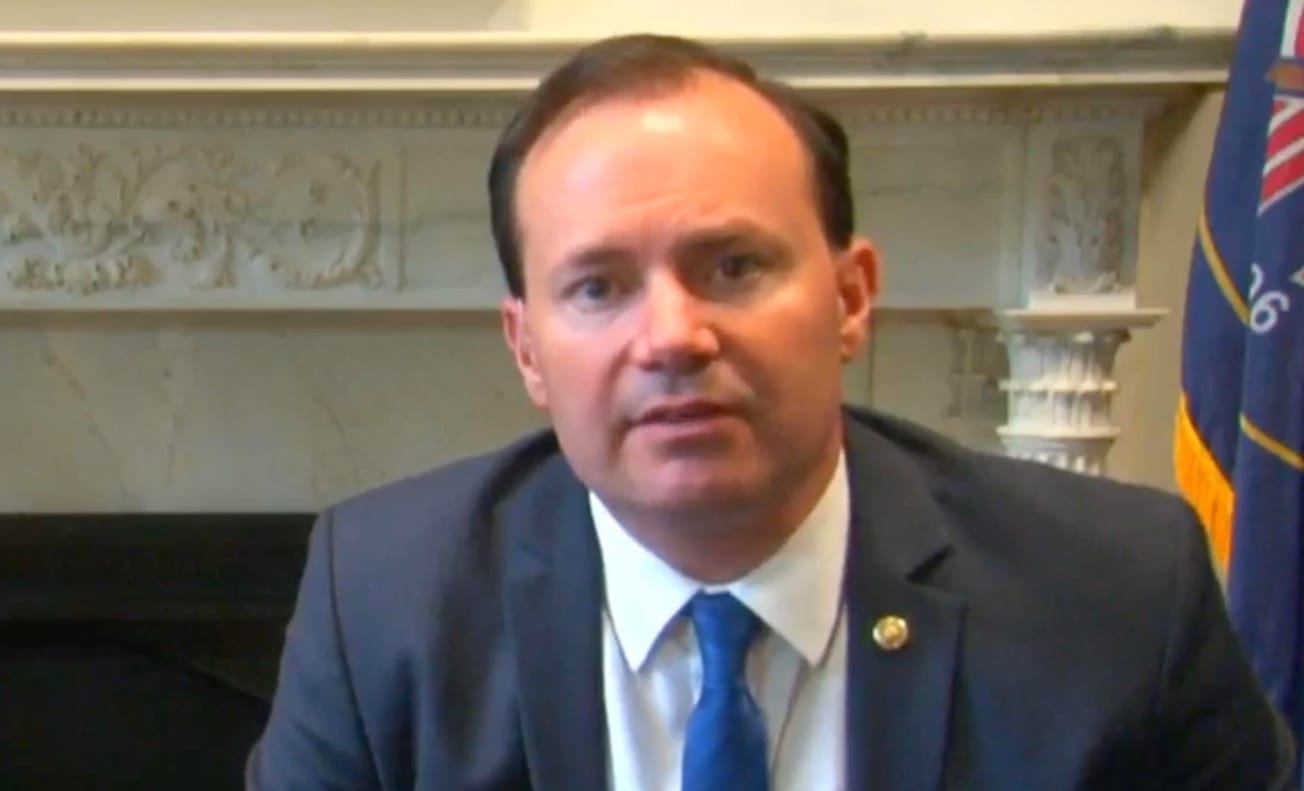The areas where the coming evictions are expected to hit harder are Ohio, Texas and parts of the Southeast — “where tenant protections are generally low, housing costs are high and economic problems from the pandemic linger,” Politico observes. New York has a statewide eviction ban in place through August, but nothing in sight beyond that. Fewer than a dozen states have their own eviction bans in place.
Texas is expecting to see a spike in eviction filings on Monday, Aug. 2, because the state let eviction proceedings continue during the ban, up to the point of actual physical removal of the tenants. Politico reported that “31% of the 4.7 million adult tenants in Texas said they had `no’ or `slight’ confidence in their ability to make next month’s rent, according to the Census survey.”
Many state and local governments have disbursed only a fraction of the $46.5 billion in rental assistance that Congress authorized over the past year. President Joe Biden July 30 threw all responsibility and blame to the state and local governments, urging them “to take all possible steps to immediately disburse these funds.… There can be no excuse for any state or locality not accelerating funds to landlords and tenants that have been hurt during this pandemic. Every state and local government must get these funds out to ensure we prevent every eviction we can.” He continued, helpfully: “State and local governments should also be aware that there is no legal barrier to moratorium at the state and local level.”
Business Insider news site has a profile of how lopsided the impact of the evictions is going to be – it’s what you’d expect, but nonetheless shocking. They reported on a survey indicating that about 1.4 million renters are very likely to be kicked out of their homes in the next two months, and that “about 73% of the 1.4 million renters likely to be evicted are people of color…. Additionally, about 20% of the 1.4 million have at least some difficulty hearing, and about 50% have at least some difficulty seeing.”




